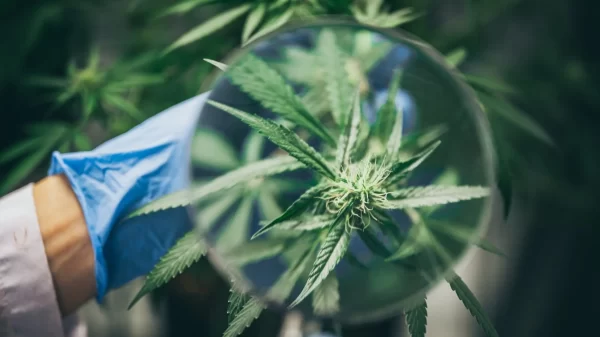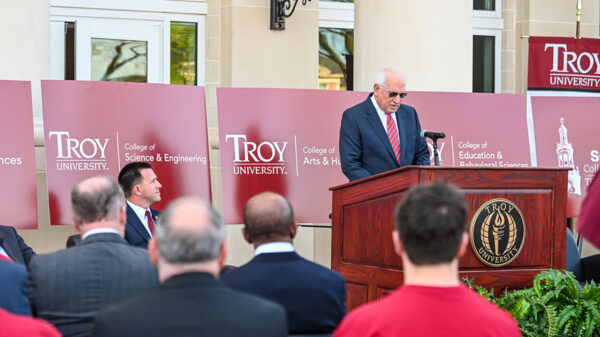By Samuel Mattison
Alabama Political Reporter
As the final votes are counted for the Special Senate Election, many national political observers dissected what will be a historic win for Democrats in the state of Alabama.
Among these observations there seems to be one thing posited: President Donald Trump could not get Roy Moore elected.
The president’s involvement in the race started in the primaries when he endorsed Sen. Luther Strange, R-Ala. It would only be one week before election day that Trump would endorse Moore after a tax reform in Congress nearly failed.
While Trump was exuberant in his endorsement—even recording a robocall for Moore—he would reflect upon his decision on Wednesday by tweeting that he didn’t believe Moore could win the general election and even suggested that Moore was not a “great candidate.”
But is Moore’s loss to blame squarely upon the president?
Moore’s involvement and loss in the Senate race are credit to a perfect political storm that goes beyond the president’s endorsement and highlight a national misunderstanding of Alabama political affairs. The former chief justice’s background had the perfect foundation with which to build and lose his candidacy on.
It all begins with his two terms as chief justice of the state Supreme Court.
Moore had a challenging time getting elected before his race for Senate. In the 2000 election for Alabama Supreme Court chief justice, Moore squeaked by with only 55 percent of the vote in the primary and 54 percent of the general election vote.
His victories in 2000 and 2012 would also come on the heel of presidential elections, which offer higher voter turnout. Moore would not have this privilege in the special election where he would need to foster voter turnout on his own.
Moore’s polling numbers for the Senate election reflected similar sentiments of divisive views with him never averaging beyond 7 percentage points according to the RealClearPolitics average. For comparison, Sen. Richard Shelby, R-Ala., would trounce Democrat Ron Crumpton by nearly 30 percentage points in 2016.
But the nail in the coffin of Moore’s campaign would come in the form of a Washington Post report that alleged Moore acted inappropriately with teenage girls. True or not, the report would permanently derail Moore’s bid for Senate.
It would provide a window of opportunity and motivation for national Democratic leaders to commit vast amounts of resources to what should have been a shoe-in race for Republicans. Their efforts manifested itself in the African-American vote, a key demographic target of the Jones’ campaign, that rose to levels not seen since President Barack Obama’s run for president.
Moore’s camps painted a different picture on the eve of the election, declaring that the higher turnout was a cause of his campaign and not the massive effort, and million of dollars, by Democrats around the country to get Jones elected.
Throughout the election cycle Moore supporters would talk about how they were a growing movement, but the reality is they were a loose coalition of conservative voters who thrived in a special election, which partly requires the loyalty and tenacity of hardened supporters.
While Moore supporters were good at retaining converts, they couldn’t win over the more mainstream Republicans who rejected Moore’s firebrand style of conservatism. This was evidenced by the over 20,000 people who decided to write in a candidate.
This isn’t to say, however, that Moore’s loss was inevitable. The razor thin margin by which Jones will win the election were just that: small. On election night, it would be a nail-biting race with Jones’ victory only being assured as the last of the results were reported.
Tuesday’s race could have gone either way, but for the first time since 1992 the pendulum of fate swung towards the Democrats.












































